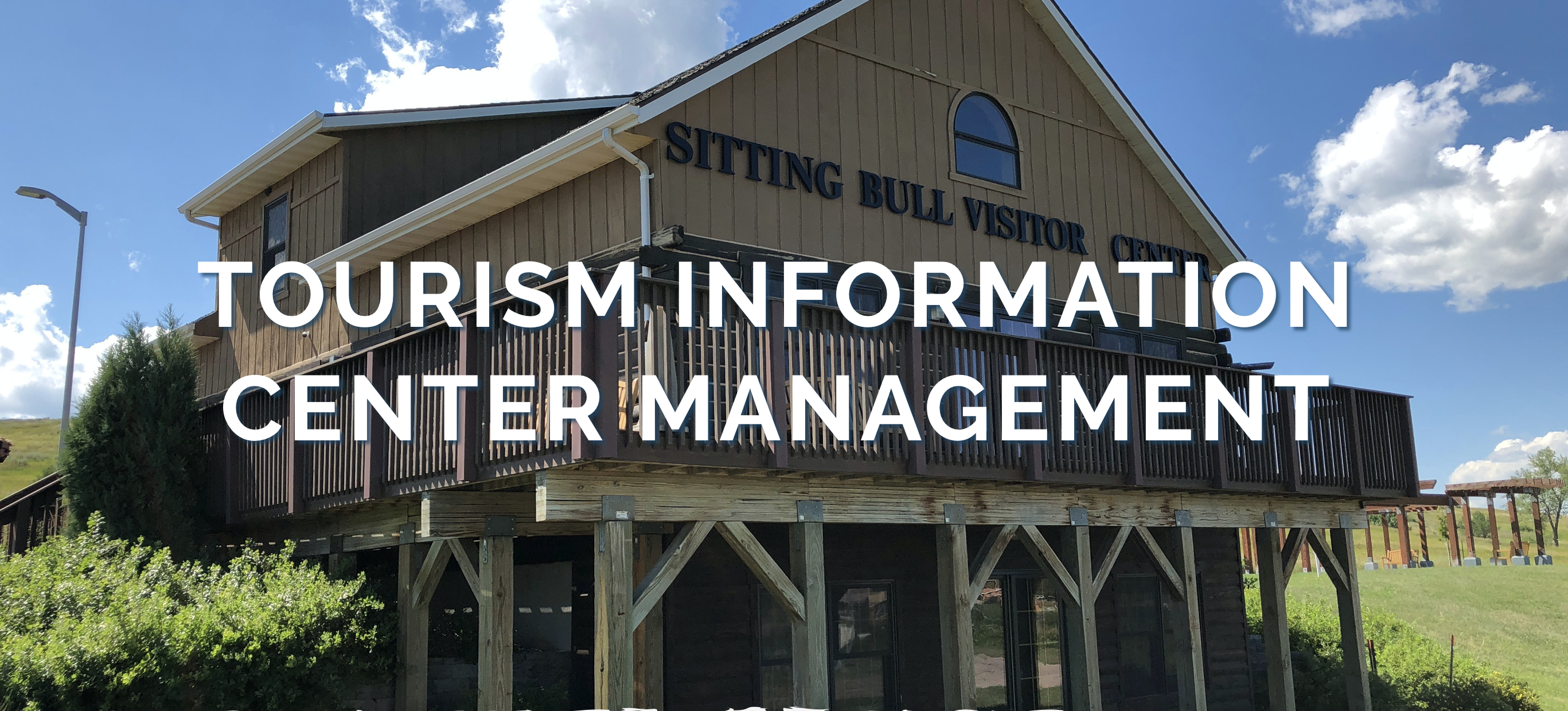
Visitor Services: Providing Online and Offline Customer Service
Visitor services centers, or welcome centers, are designed to provide information and aid to any current or potential tourists within a destination and its surrounding areas. The center acts as the main point of contact for tourists’ travel planning inquiries, as well as a place where local businesses and travel agencies can go to promote their products and services. Week 7 of Solimar’s DMO Development Course with the Republic of Georgia provided a platform for participants to learn best practices in building a tourism information center.
Best Practices and Service from a Visitor Center
There are questions aplenty that tourism leaders must consider when envisioning how a visitor center should operate, and many of the answers are dependent on the destination’s offerings. Considerations include opening hours, number of staff onsite, kinds of local merchandise sold, size of the center itself, and availability of parking and bathrooms. While this is not an exhaustive list, a DMO is guaranteed to make many more decisions when creating and designing an outstanding visitor center.
The types of services that a DMO can provide in a visitor center include:
- Creating and printing collaterals and maps,
- Providing key information (where to go, what to do, where to stay, events, planning your trip, etc.),
- Answering phone, email and social media inquiries,
- Public services (parking, bathrooms, wifi, etc),
- Complaints and mediation with the tourism industry, and
- Social customer service
Tourism Information Centers: Where To Go & What To Do
A locale’s tourism information center can play a variety of roles, and it should automatically be considered a key player in the development and marketing of a destination. Although a center could do all of or more than the aforementioned services, it may also play a role in expanding the number or variety of places visited within a destination. For example, someone visiting Philadelphia is likely to visit popular destinations like the Liberty Bell or Independence Hall. An information center is an ideal resource for a visitor to learn about lesser known attractions in Philadelphia (or any area), such as Penn’s Landing or Once Upon a Nation. DMOs should use its visitor center as a tool to create a demand and get people visiting less popular areas – therefore increasing visitor spending.
Ideally, a visitor center should take some time to research the needs of possible guests. How can the center be most useful? What are the visitors’ greatest needs? What is missing? In some cases, a visitor center may be as simple as a short rest area with restrooms, air conditioning, and wifi. Others may function as an information hub with hard copies of guides and maps and ticket sales. Some may even further contribute to revenue by the sale of merchandise. Taking the time to measure potential impact will likely support the information center in the end.

Expert Interview with Norbert Käthler
As part of Solimar’s DMO Development Program with DMOs in Georgia and Armenia, our remote learning course features a weekly interview with an industry expert. This week, we interviewed Norbert Kathler, the Managing Director of Trier Tourism and Marketing in Trier, Germany. His overarching advice is to be authentic with your destination. You have just one brand – what does this brand mean, and what does it mean to say to the world? Although you may have different messaging focused on various market segments, like foreign or domestic tourists, authenticity with your destination brand is most important. Work to develop one strong brand that helps you market to a variety of visitors.
On the same wavelength, Kathler also advises destinations to integrate into local networks. Integrating the part of the community that benefits from tourism with the part that lacks a relationship with tourism is critical to fostering open dialogue and mutual benefits among different divisions of an area. The role of a DMO is to act as a moderator and find a way to tie the community’s relationship with tourism together.
—
While there are a wide variety of benefits within a visitor or tourist center, the greatest may be its potential. Just as not every destination functions the same as the next, these information centers come with a variety of options for how it will serve and assist guests, all while benefiting the destination and its community. Being malleable in a destination’s goals is more important than ever with the unique travel circumstances brought on by the Covid-19 pandemic. Guests rely more than ever on an informed and developed information center as a core asset to any outstanding destination.
